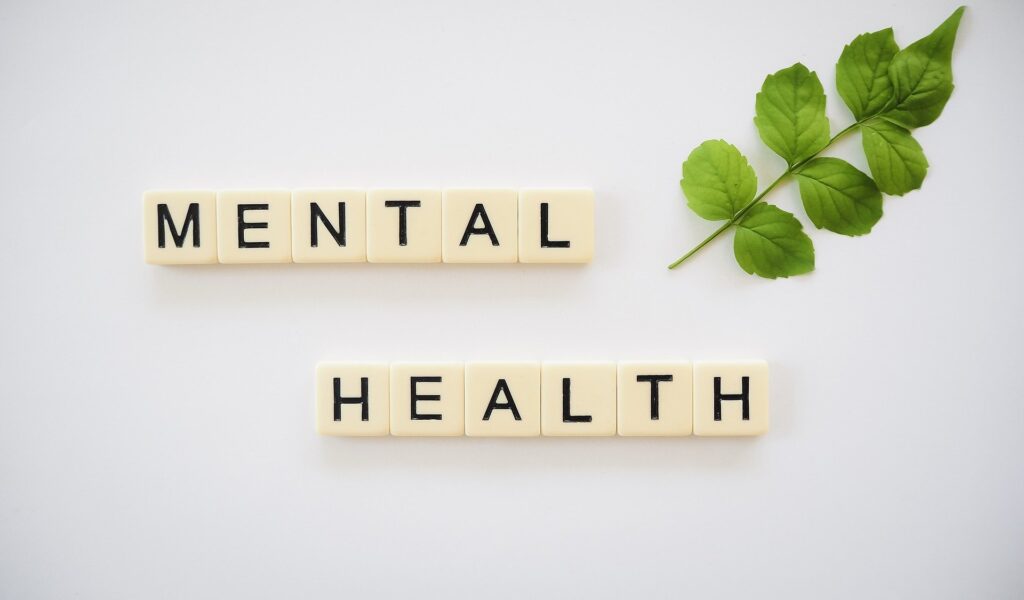Impact Model For Public Health – UPDATED 2025 – A Complete Guide!
What Does It Mean?
This is a holistic approach, and the impact model can make connections simple, clear, and easily understood. According to Oxford, the impact is the action of one object in contact with another forcibly, to make an effect or influence. The result can change people’s lives in knowledge, behavior, health, living condition, or skills. These changes can be positive or negative long-term effects on an identifiable population done directly or indirectly, intentionally or unintentionally. Positive impacts on a community can lead to Millennium Development Goals.
The outcomes of an impact model can measure by evaluation. This can help to improve an intervention or to discuss further processes. There is a term called collective impact, which is one approach that frequently uses in a place-based setting. The collective impact model significantly uses for public health as well as the impact model for mental health. We can find numerous collective impact examples from our society since the this model is a problem solving process to provide solutions.
The impact model can function as a decision instrument for development and define vision, mission, strategies, and goals. The impact model also uses to analyze the operations and following up goals and strategies.

Impact Model for Mental Health
The impact model can mainly use as a treatment for mental health. Because this term originated from an Impact study. This study is the first massive randomized controlled trial of treatment for mental health, mainly for depression. The impact model is a synonym for collaborative care. Studies have shown that the impact model can effectively increase depression treatments for older people in primary care settings. Not only for depression, but the impact model can also effectively treat a wide range of behavioral health disorders. This model effectively treats anxiety, chronic pains, substance disorders, and trauma disorders.
Researchers have done a trial with 1801 depressed older people from 18 different primary care clinics in the United States to measure the effectiveness of the impact model for health care. This trial has been carried on for two years, and 18 primary care clinics have participated with eight healthcare organizations in California, Washington, Indiana, North Carolina, and Texas.
Half of the patients in the trial had been appointed to regular health care in a primary care clinic with medications. The other half is assigned for impact model treatments. Patient registries have been updated for the trial and measured patients’ goals as well as clinical outcomes. Then provide treatments and adjust them if the patient was not improving as expected.
According to the results in a year, patients who had treatments on the impact model could reduce 50% of depressive symptoms, while regular patients only reduced 19% of symptoms. After two years, the impact model patients experienced more than 100 additional days with depression-free symptoms than patients who had regular care. After this trial, most United States organizations have adopted to Impact model to treat mental health since it has more effective results.

Collective Impact Model for Public Health
The term “Collective Impact” was introduced by Kania and Kramer of FSG Consulting in 2011 through an article in Stanford Social Innovation Review. This is a place-based approach which mainly based on-premises where existing methods are ineffective to make a social impact. A collective impact is a structured approach to creating a collaborative partnership to solve complex social and health problems. Organizations are working together on these problems since they don’t have a single defined source or solution.
Collective impact enables one to bring people and organizations together across various sectors like health, economics, environment, education, and business to accomplish a common goal. Now many countries have engaged in using collective Impact for Public Health. Most organizations, such as the Association of Maternal & Child Health Programs, focus on reducing infant mortality and racial disparities in birth outcomes. And also to improve birth and health outcomes by mobilizing communities to address social determinants that affect health.
There is a commitment of essential characters from different areas to a common agenda with a common goal of solving a specific social problem. There are five core characteristics of a successful collective impact initiative.
- Common Agenda
There is a shared vision to solve the problem with a common understanding of the problem. To reach a common agenda, differences and disagreements in the challenge must discuss. - Shared Measurement Systems
All participants agree on the ways of measuring success. And also, all organizations that participate in the model should have the capability to hold each other accountable and evaluate progress and failures along the way. - Mutually Reinforcing Activities
All stakeholders should not do the same thing in this model, and it’s better to take a specific set of activities by each participant in which they are more capable of success. Each action from specific participants should coordinate with each other. The effort of all stakeholders helps to reach the common goal of the collective impact model. - Continuous communication.
Regular meetings among all participants will help to develop mutual trust and to share updates with everyone. Continuous contact with each other is essential to recognize and appreciate the common motivation to determine whether their interest treats fairly. And also, communication helps to understand whether collective decisions are the best fit for the problem’s best possible solution. - Backbone Support Organizations.
If there is a supportive backbone, the collaboration will provide success. Dedicated staff for planning, management, and initiative is an essential thing for collective impact.
These characteristics should include in a successful collective impact model. Since public health is a more crucial thing for everyone, most organizations have used the collective impact model for public health. Collective impact is now applying to nutrition, obesity, and future healthcare development. This can provide an appropriate process to solve health problems in which people are more suffering.

Collective Impact Examples
There are plenty of collective action model applications in various fields. Let’s have a look at some examples of collective action.
- The Promise Neighborhoods Planning Grants are working to recreate the Harlem Children’s Zone’s success in rebuilding a Community. This is a collective textbook impact, and children in Harlem Children’s Zone can stay on track through college and be able to succeed in the job market. There should be a wide range of stakeholders to demonstrate a massive range of areas such as health and safety, early learning to college and career, and many more areas that help develop children’s careers.
- The Community Center for Education Results (CCER) tries to double the student amount in South King Country and South Seattle. They are on track to graduate or have a career opportunity in 2020. A common agenda and a shared measurement system for South Seattle is named Road Map for Education Results.
- The Association of Maternal and Child Health Programs has three initiatives that promote and highlight the collective impact. They are the Best Babies Zone (BBZ) partnership, the Adolescent System Capacity Tool, and ALC Phase. BBZ is a multisector approach to reducing infant mortality and racial disparities in birth outcomes.
Adolescent System Capacity Tool is a program that helps state maternal and child health programs. The common goal of this program is to identify areas for organizational improvements and implement strategies.
The ALC phase provides direct technical assistance and training on collective impact approaches for state-level initiatives to improve birth outcomes.
Evaluation
Impact model evaluation provides information about impacts made from a specific project, program, policy, or activity. As per the Organization for Economic Co-operation and Development-Development Assistance Committee, evaluation is “positive and negative, primary and secondary long-term effects produced by a development intervention, directly or indirectly, intended or unintended.
Impact evaluation helps to make decisions about the program, whether it should improve or reorient. And also to discuss whether to continue, discontinue, or to scale up the intervention. In many cases, impact evaluation uses for summative purposes. This provides information broadly about the need to intervene in different ways.
When engaging in an impact evaluation, there is some consideration to think about. Otherwise, this evaluation will not guarantee success. It would help if you thought about the relevance of evaluating the development strategy and its usefulness. And also, there should be an active commitment from managers to use the findings of the evaluation. Another important consideration is timing. You have to do an impact evaluation at the correct time. Not in too early or too late. If you do an evaluation too early, it will provide you with a false intention about the impacts, and if it is too late, discussion on finding getting late.
Planning the evaluation process is more critical since your team makes decisions depending on the evaluation results. People who are engaging in the evaluation process should have a better idea about the current impacts and evaluation needs. There are a few main stages in the impact evaluation process, and they are:
- Deciding to do an evaluation.
- Designing the process.
- Data collection and analysis.
- Reporting and managing.
Proper authorities should appoint at each stage to make the evaluation successful. The impact model and the collective impact model will become a more successful problem-solving methods in the future world.